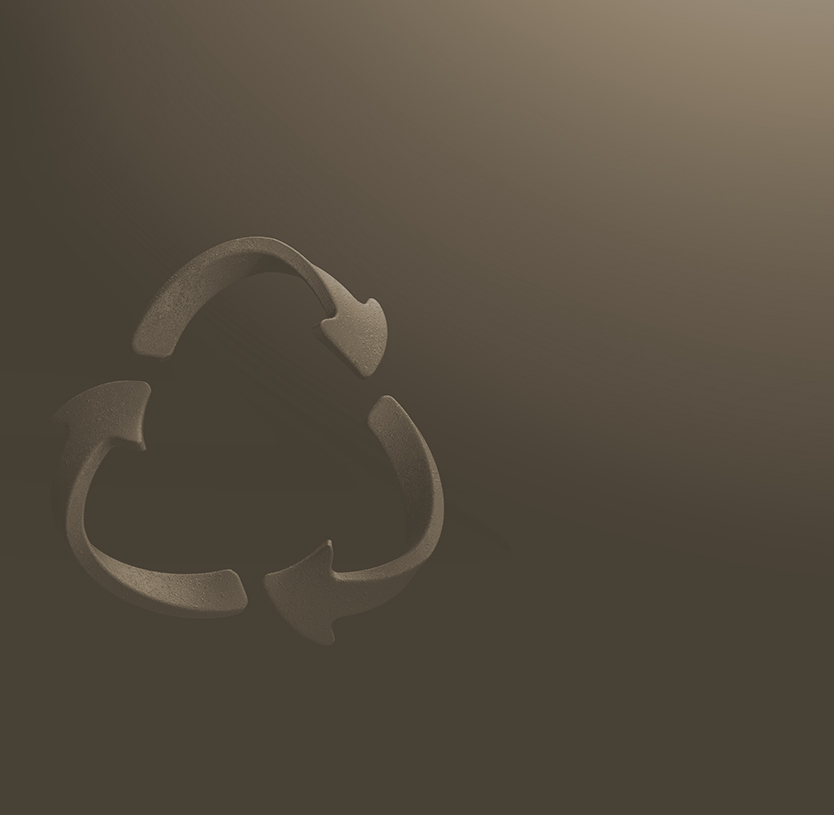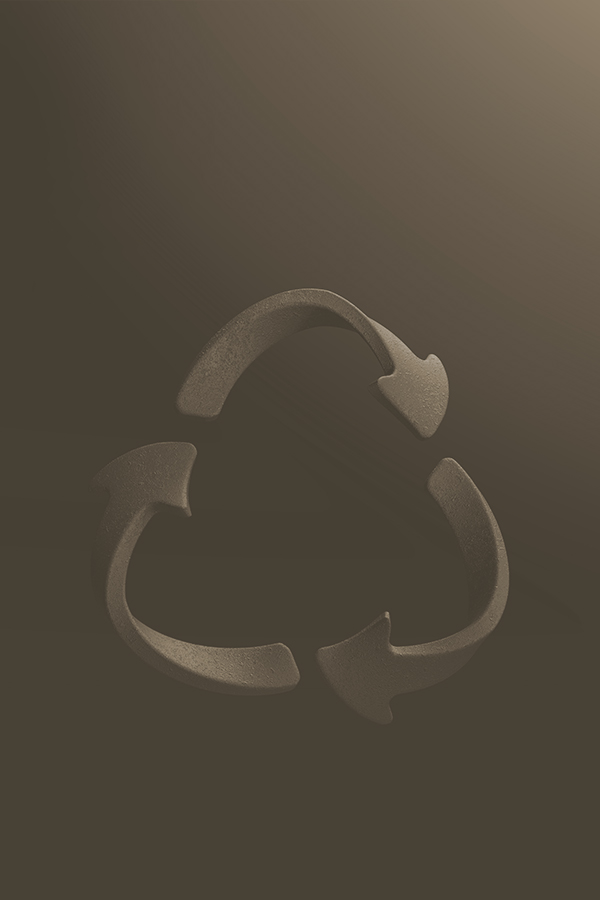


The process of generating energy in form of electricity and / or heat from the primary treatment of waste, or the processing of waste into a fuel source is called Waste-to-energy (WtE) or energy-from-waste (EfW). Incineration, the combustion of organic material such as waste with energy recovery, is the most common WtE implementation.
Incinerated bottom ash (IBA) is a form of ash produced in incineration facilities. It is a heterogeneous material that contains concrete, ceramics, glass, brick, clinker, some metals and fused material particles. This material is discharged from the moving grate of municipal solid waste incinerators.
Modern incinerators reduce the volume of the original waste by 95-96%, depending upon the composition and degree of recovery of materials such as metals from the ash for recycling. Incinerators may emit fine particulate, heavy metals, trace dioxin and acid gas, even though these emissions are relatively low from modern incinerators. Other concerns include proper management of residues: toxic fly ash, which must be handled in hazardous waste disposal installation as well as incinerator bottom ash (IBA), which must be reused properly.